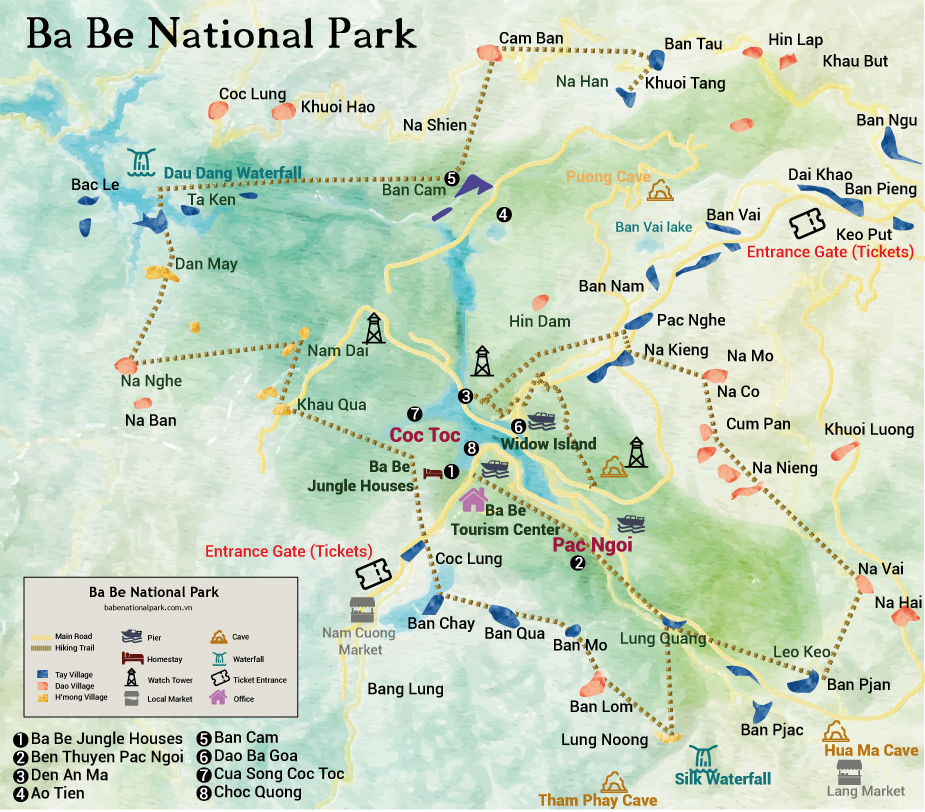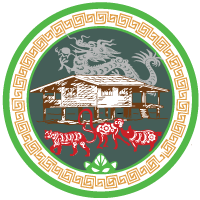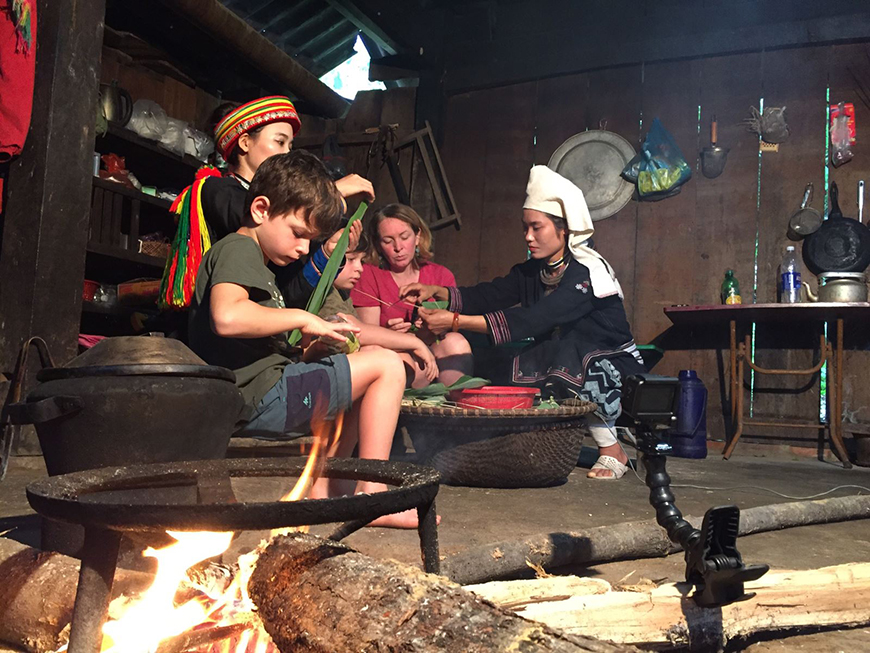At the heart of Ba Be National Park, in Bac Kan Province, resides the ethnic community of the Dao, also known as Yao, Dong, Trai, Diu Mien, or Kim Mien. Originating from the Chinese provinces of Fukien, Guangdong, and Guangxi, their migration to Vietnam began in the 12th century and continued until the 20th century. Today, around one million Dao live in Vietnam, primarily in the north, where their presence in Ba Be dates back a millennium, coexisting with other ethnic groups such as the Tay and Nung.
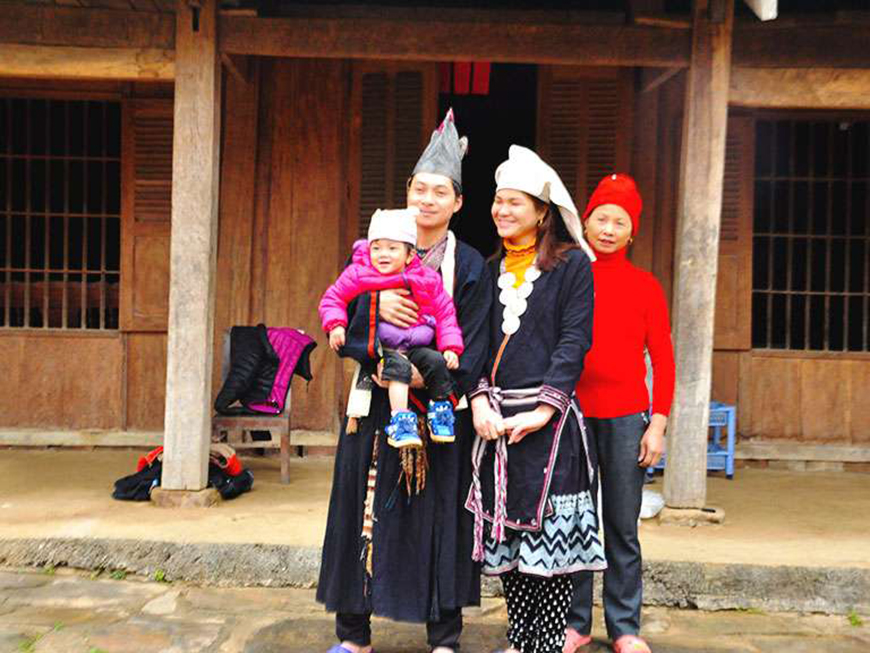
Diversity and Traditions
The Dao community is divided into several groups, each possessing unique cultural and linguistic characteristics. Among the most notable are the Dao Lo Giang, the Dao Red, and the Dao Coins, easily recognizable by their colorful traditional costumes and unique practices.
Language and Spirituality
The Hmong-Dao language is commonly spoken, while Vietnamese facilitates daily communication. Sino-Dao, used by ritual masters, serves to transmit ancestral knowledge. The spirituality of the Dao blends popular beliefs, Confucianism, Buddhism, and Taoism. Ancestor worship and agricultural rituals shape their spiritual life, rooted in respect for nature and past generations.
► Learn more about Dao Ethnic Group
Ban Vuong: A Founding Ancestor
The Dao particularly venerate Ban Vuong, the mythical ancestor considered the founder of their ethnic group. This tutelary figure is central to many rituals essential for the health and prosperity of families. Ceremonies in his honor are significant moments in community life, reinforcing connections to their origins.
Funeral Rites: A Tribute to Ancestors
Dao funeral rites, rich in tradition and spirituality, culminate during the Festival of the Dead, celebrated in the third lunar month. These rituals, often led by shamans, ensure a harmonious transition to the afterlife. Body preparation, offerings, and prayers reflect the unbreakable bond between the living and the deceased.
► Read more : Ancestors worshiping
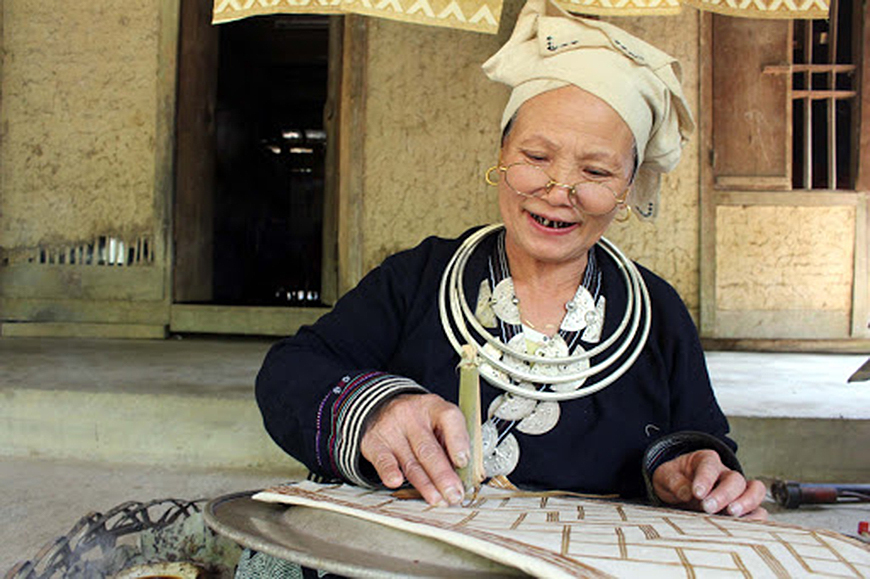
Cuisine and Folklore: A Living Heritage
Dao cuisine mirrors the richness of their culture, featuring varied dishes such as boiled meat, dried meats, and pickled bamboo shoot soup. Tet, celebrated in the first lunar month, is an occasion for rituals honoring ancestors. Dao folklore, through tales such as “Gourd with Deluge” and “The Story of Primitive Ancestors,” perpetuates collective memory.
Ba Be: A Gem of Traditions
Several Dao villages within Ba Be National Park, such as Him Dam, Na Nghe, and Cam Dan, deserve special attention. The Dao primarily engage in agriculture and the gathering of medicinal plants, living in harmony with their environment.
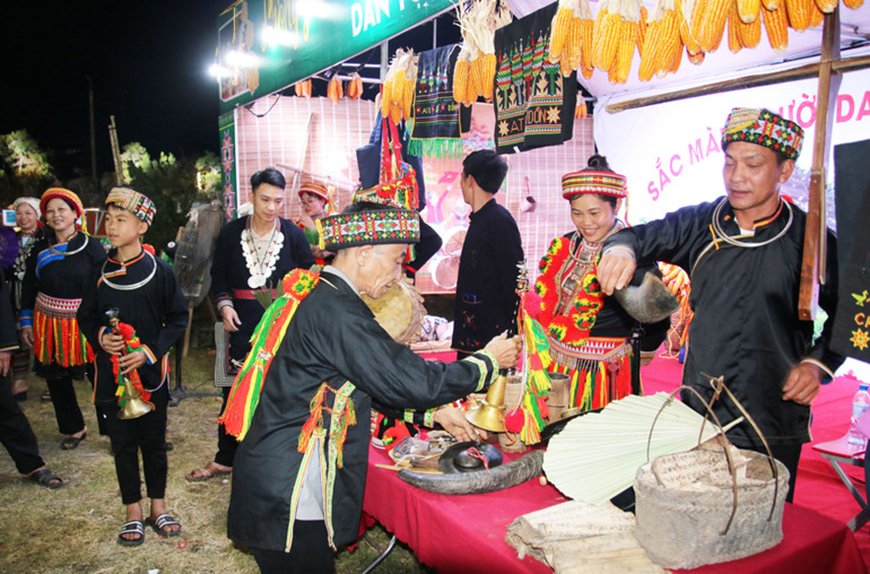
Culinary Specialties of Ba Be
- Cá Nướng Pác Ngòi: Grilled fish with local aromatic herbs, often served with sticky rice and fresh vegetables.
- Thịt Lợn Gác Bếp: Smoked pork, marinated with spices and dried, typically accompanied by fresh vegetables and fragrant rice.
- Com Lam: Sticky rice cooked in bamboo tubes, a traditional method from mountainous regions.
- Tom Chua: Shrimp marinated in a sweet-and-sour sauce, a fresh and light dish.
- Grilled Fish in Bamboo (Cá Nục Nướng Tre): Fresh fish wrapped in bamboo leaves before grilling.
Corn alcohol, particularly that produced by the Khua Quang village, is another local pride.
►Ba Be cuisine, a gustatory journey to the heart of local communities
A Cultural Heritage to Preserve
The Dao community of Ba Be National Park is a cultural treasure of Vietnam. Their history, traditions, veneration for Ban Vuong, and way of life in harmony with nature make them an essential part of Vietnamese heritage, a mosaic of colors and flavors to discover and preserve.
